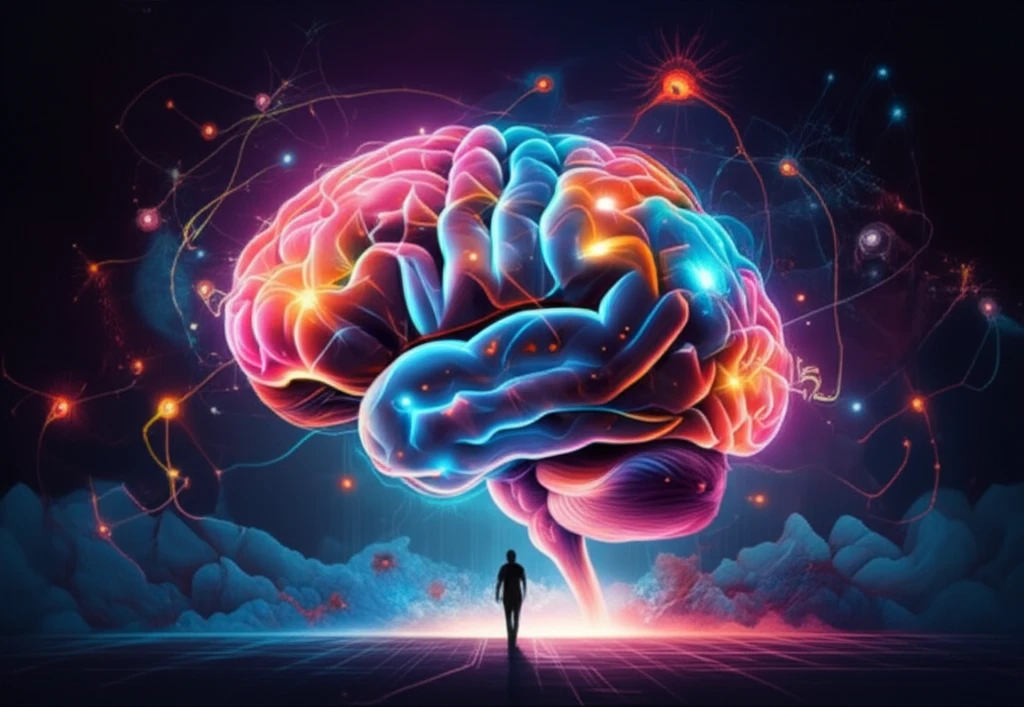
Decoding the Brain: A Journey Through Neuroscience and Its Impact on You
"Explore the fascinating world of neuroscience, from understanding the brain's complexities to its profound influence on our daily lives and future health."
Our brains, the command centers of our existence, are incredibly complex networks responsible for everything we do, think, and feel. Neuroscience, the study of the nervous system, particularly the brain, is rapidly evolving, offering unprecedented insights into how we function. This field not only broadens our understanding of fundamental biological processes but also holds the key to addressing some of the most pressing challenges in healthcare, from mental health disorders to neurodegenerative diseases.
Neuroscience is a multidisciplinary field, drawing on biology, chemistry, computer science, and psychology to understand the brain's intricacies. This article will delve into the basics of neuroscience, exploring key concepts and discoveries that illuminate the inner workings of the brain. We'll examine how the brain shapes our thoughts, emotions, and behaviors, as well as the latest breakthroughs in treating neurological and psychological conditions.
As we journey through this fascinating landscape, we'll discuss the impact of neuroscience on our daily lives, from optimizing cognitive function to promoting mental wellness. We'll also explore the future of this dynamic field and its potential to revolutionize healthcare, making it a subject relevant to everyone seeking to better understand themselves and the world around them.
Unveiling the Brain: Key Concepts in Neuroscience

At the heart of neuroscience lies the brain, a three-pound organ composed of billions of neurons, or nerve cells, that communicate through electrical and chemical signals. These signals form intricate networks that allow us to perceive the world, process information, and generate responses. Understanding these basic building blocks is crucial to comprehending the brain's overall function.
- Neurons and Neural Networks: The fundamental units of the brain, responsible for processing and transmitting information.
- Neurotransmitters: Chemicals like serotonin and dopamine that influence mood, behavior, and cognition.
- Brain Regions: Areas such as the hippocampus (memory), amygdala (emotions), and prefrontal cortex (decision-making).
- Neuroplasticity: The brain's remarkable ability to adapt and change in response to experiences.
- Synapses: The junctions where neurons communicate, crucial for learning and memory.
The Future of the Mind
Neuroscience continues to evolve rapidly, and its future is bright. With ongoing research, we can expect more sophisticated treatments for neurological and psychiatric disorders. The insights gained will not only improve healthcare but also enhance our understanding of human behavior and cognition, ultimately leading to a richer and more fulfilling life for all. By understanding the brain, we unlock the potential to transform both individual lives and society as a whole.
